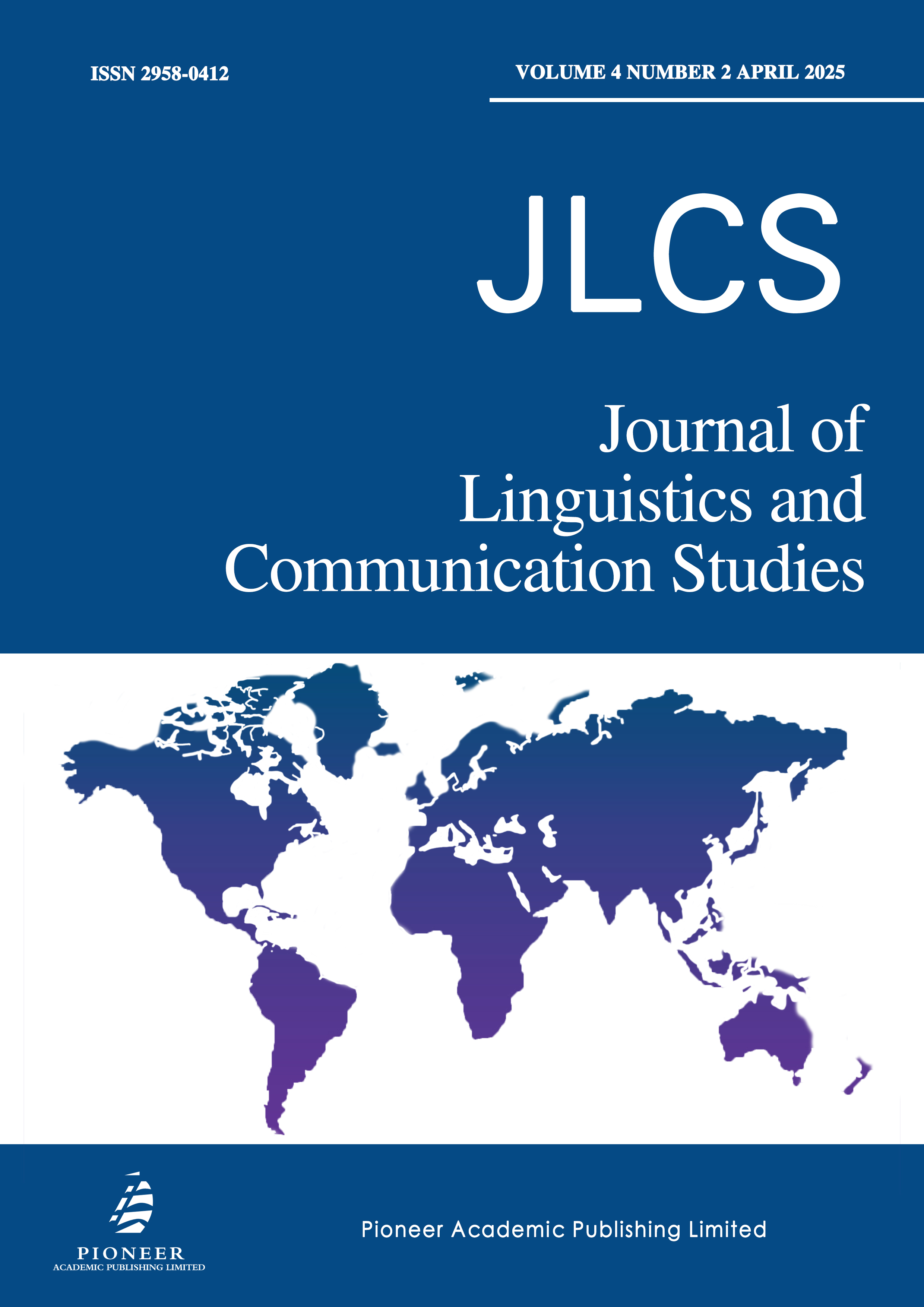Applications and Limitations of Corpus Linguistics: A Corpus-Based Study on Nuclear Wastewater Discharge Coverage in Asahi Shimbun
Keywords:
Corpus Linguistics, discourse analysis, nuclear wastewater discharge, ideological framing, Social Actors FrameworkAbstract
This study investigates the strengths and Weaknesses of Corpus Linguistics (CL) in analyzing media discourse, using a case study of Asahi Shimbun’s coverage of Japan’s nuclear wastewater discharge from the Fukushima Nuclear Power Plant. The research objective is to evaluate CL’s effectiveness in uncovering linguistic strategies and ideological framing within Japanese media narratives. Employing keyword, collocation, and concordance analyses, the study analyzes a corpus of 34 articles published between August 22, 2023, and March 1, 2025, comprising 17,072 tokens. Key findings reveal a geopolitical emphasis, with “China” (177 occurrences) surpassing “Japan” (161 occurrences) in frequency, reflecting tensions exacerbated by China’s seafood import ban, and a strategic framing of “treated water” (73 occurrences) over “contaminated water” (16 occurrences) to suggest safety and control. CL demonstrates strengths in efficiently processing large datasets and providing objective, quantitative insights into linguistic patterns. However, it does not fully reflect emotional details or how social roles are represented, such as Japan being seen as responsible and China as a critic. To improve this, the study uses the Social Actors Framework (SAF) to analyze agency and hidden ideologies more effectively. By applying CL to non-English media, this research shows the need to combine quantitative and qualitative methods for a clearer understanding of media framing in complex environmental and geopolitical issues.


